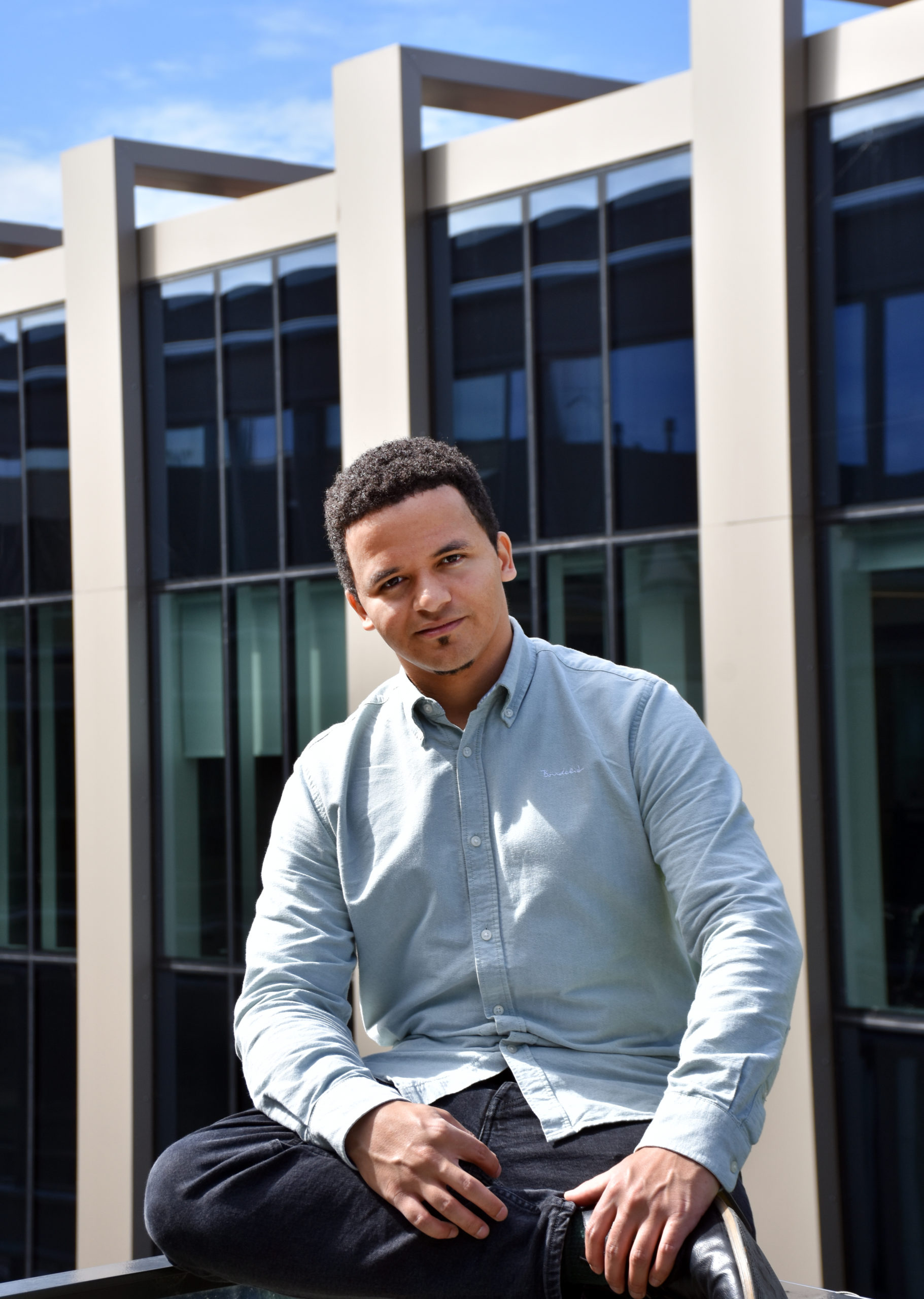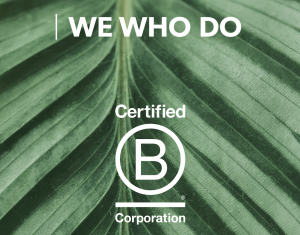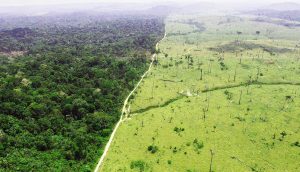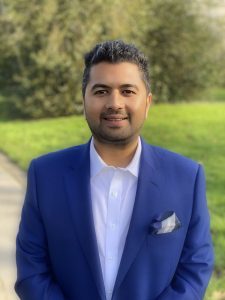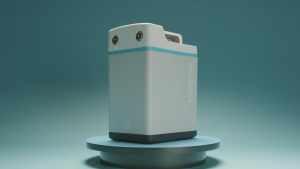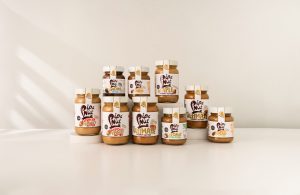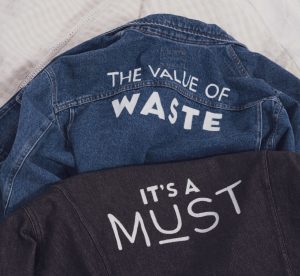Q: Where did the idea for Worthmore come from?
Tegan: I had been working in the mobile technology space for some time when the problem of smartphone overproduction started to dawn on me. Across the EU, 150 million smartphones are produced and sold every year! I started to look into this and what happens to these devices once, inevitably, the newer, shinier model hits the market and the “must have” effect kicks in and a mass upgrade of smartphones happens. I was astonished to find that only 30% of devices that become obsolete enter the secondhand market. Instead, over 100 million devices a year end up wasting away in the bottom of people’s junk drawer and are usually in the company of at least one fellow discarded smartphone per person. At Worthmore, we decided to tackle this problem and leverage the residual value of castaway hardware and consequently, began working on the concept for Worthmore.
Q: How does the process work?
Tegan: The reason as to why so many phones are rotting away in drawers across Europe boils down to two factors: firstly, many are unaware of the problem of leaving their phones lying around and secondly, there is a distinct lack of convenient solutions to adequately dispose of phones. In fact, one of the main challenges we faced while developing the idea, was manufacturing an incentive for people to return their phone. We knew from our research that, in general, people are not motivated by cash. Instead, we decided to take a two-bird-one-stone approach: identify and partner with the charitable organisations that people are already donating money to, making it convenient for them to donate to a cause they deem worthy while recycling their phones. We decided to use businesses as our main vehicle for collecting the phones. Worthmore can help companies realise their CSR goals and, in return, they facilitate the phone collection and promote Worthmore as a brand to their employees or clients. As a user, you simply drop your old phone off at a location we’ve partnered with, for instance, your personal office.
Q: What happens to the phones once they get to you guys?
Tegan: In a nutshell, the devices are refurbished and resold to markets throughout the world. Newer models are refurbished and put back to good use. Heavily damaged models are dismantled and sold onto repair shops. For highly damaged or pre-historic-esque phones, the 3rd and final option is to utilise recycling facilities that specialise in retaining the elements, minerals and metals in the best way to create new devices. All these options are aimed at replacing and diverting hardware from e-waste bins, the common alternative. Not many are aware that by putting a phone into an e-waste bin, it gets ground up and incinerated. It takes over 500 small parts to produce a phone and you lose the effort, time and raw material value by incinerating it. Other phone collection companies only reimburse for the latest phone models and any others pre-2018 are deemed worthless – but they’re not worthless! The Worthmore idea is that this aggregated value of phones in drawers worldwise can drive a huge impact for a good cause.
Q: Do you have any idea of the carbon footprint outcome of going through Worthmore instead of incinerating?
Tegan: This all boils down to increasing the longevity and useful life of the hardware. Research has shown that by increasing the use of a phone by one year, you reduce your carbon footprint by a third! When a phone is subjected to its drawer destiny, on average, it is worth 100 euros. Within 2 to 3 years that value goes down to zero. We’re also influencing more people to buy 2nd hand devices through Worthmore!
Q: Should there be more responsibility for phone manufacturers to make phones more modular and recycle at the source of the problem? Could more be done in the design phase of the phone to make it more modular?
Tegan: 100%! Manufacturers are slowly realising they have a part to play in it and many have introduced trade-in and buy-back programs. While they are really great at making it incredibly easy for you to transfer your data to your new device, they don’t teach you how to properly dispose of your old one. Technology should be leading the way and continue to develop and grow in the field of modularity. There’s room to be smarter about how we can use phones. This has a lot to do with the way in which consumers are attached to the software – not the hardware. Phone manufacturers are using the right materials but in huge quantities – 25,000 tons of aluminum, 5,000 tons of cobalt, 36 tons of gold – and that’s just from last year and within the EU. So this is a massive operation!
Q: What do you see for Worthmore in the future?
Tegan: There’s an interesting story to be told about e-waste, electronics and how they affect our planet. Technology has somehow gone under the radar in this environmental reckoning – I think we need a Phonespiracy! When we did our research into supply chains, looking into what happens to old phones and the toll it takes on the environment, we realized this is a serious problem. Even when we spoke to the leading environmentalists, many of them had 3 or 4 phones in their drawers. The same people who become vegetarian and vegan to save the planet are upgrading their phones every 12 months! It would be awesome if Worthmore could be part of the movement that brought these indiscrepancies and the extent of environmental harm to light. Going beyond the problem, we want to be developing the solution by making it super simple for people to make a difference and put their e-waste to good use.
Worthmore is a sustainable start-up member you can find more information here

